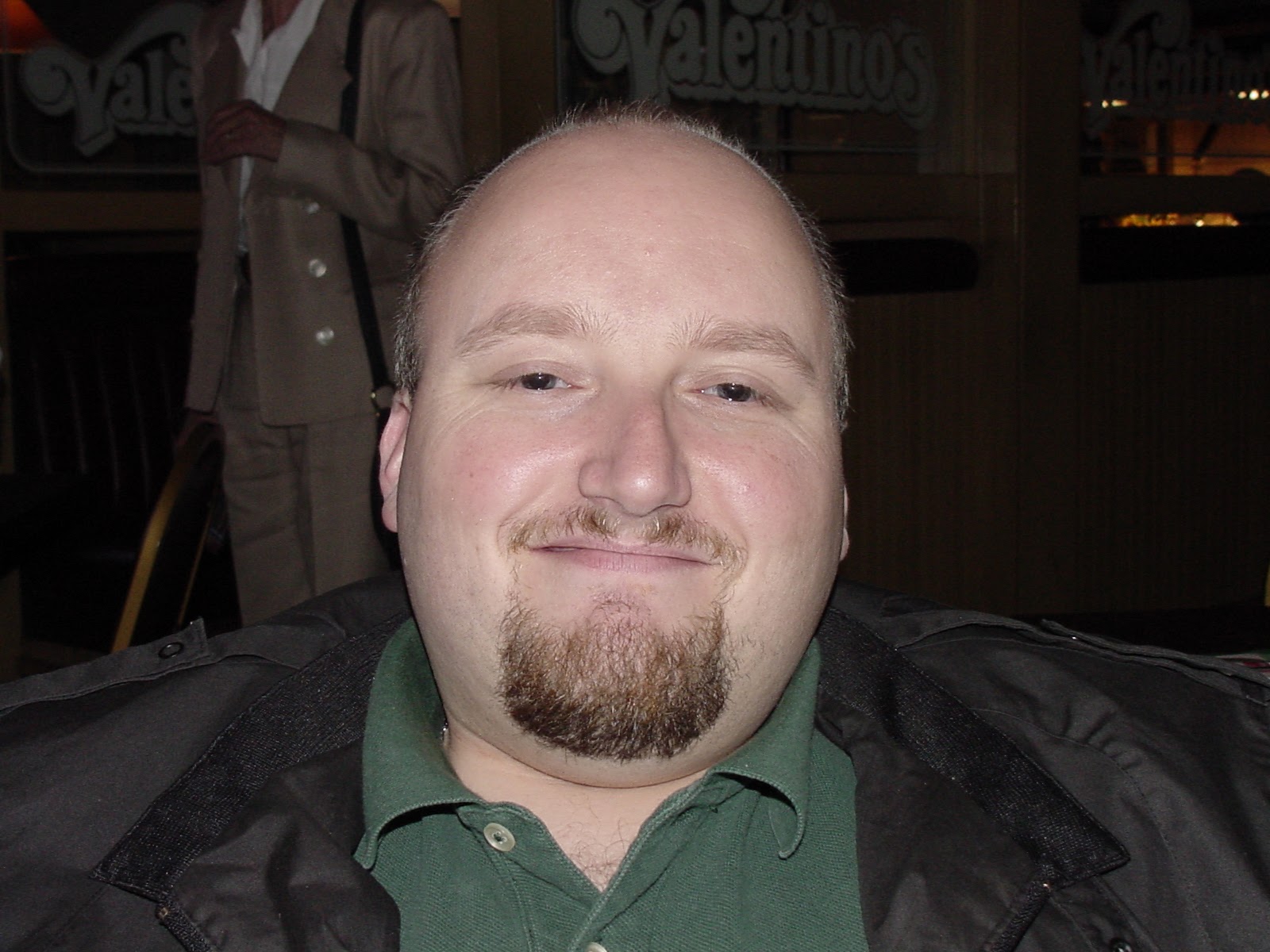When I was in college, one of my best friends, Kevin, was an English Lit major. I often asked him what he expected to do with a degree like that and his answer was simply, "Tell stories."
He did eventually publish two books (I have copies of each on my bookshelf), but held many other jobs before that happened.
 No matter if he was working as a call center representative, marketing copywriter, or account manager, he was still writing. It was only recently that I saw how his job and mine are similar. Being a storyteller requires understanding his audience, structuring the presentation of knowledge and delivering a desirable experience. He was analyzing and writing "The Hero's Journey" while I analyze the Client Journey.
No matter if he was working as a call center representative, marketing copywriter, or account manager, he was still writing. It was only recently that I saw how his job and mine are similar. Being a storyteller requires understanding his audience, structuring the presentation of knowledge and delivering a desirable experience. He was analyzing and writing "The Hero's Journey" while I analyze the Client Journey.
The Hero’s Journey is a common story structure for modeling both plot points and character development. A protagonist embarks on an adventure into the unknown. They learn lessons, overcome adversity, defeat evil, and return home transformed. Think of all of your favorite stories and you can see how the structure is used. Harry Potter, Star Wars, The Matrix, Spider-Man, The Lion King, Lord of the Rings - they all follow common themes.
Likewise, the Client (or Customer) Journey follows similar themes, regardless of your industry. The points can be expanded and detailed filled in, but you will nearly always see overarching stage of the client experience.
- Awareness occurs when the client first hears about your market offering and becomes interested. Much of this research is done through brokers or word of mouth, but our web and marketing efforts are a critical part of the client experience.
- Consideration allows us to deepen our relationship with the client through an experience that feels like a conversation. We have to create a compelling story for our clients, lay out the benefits and overcome resistance, and provide calls to action all while letting our clients get to know us, our values and principles.
- Acquisition is when the client commits to taking action. This step can include purchase, options, configuration and installation. We have to ensure the client understands what they've purchased and reinforce the wisdom of that decision.
- Service, in my industry, is delivering on the promise for the duration of the contract. Providing status updates, ability to submit claims or administer the policy are all important day-to-day activities and must be handled properly to encourage renewal. During service is also a good time to describe additional features or services for increasing customer entanglement.
- Finally, Loyalty happens when the service contract is complete, or the client is back in the market. A lot of retention and loyalty comes down to your customer’s experience, and it is much less expensive/more lucrative to keep a current customer than to try to find new ones.
In client experience, we have to find ways to really understand what our clients' needs and concerns are. We map the client journey to identify what key moments are working, which ones are causing pain and which ones could be even better, leading to more client satisfaction. By anticipating and overcoming objections, and making the administration of the tool as smooth as possible, we can keep the client happy and engaged for years to come. And that gives us time to tell more stories.
